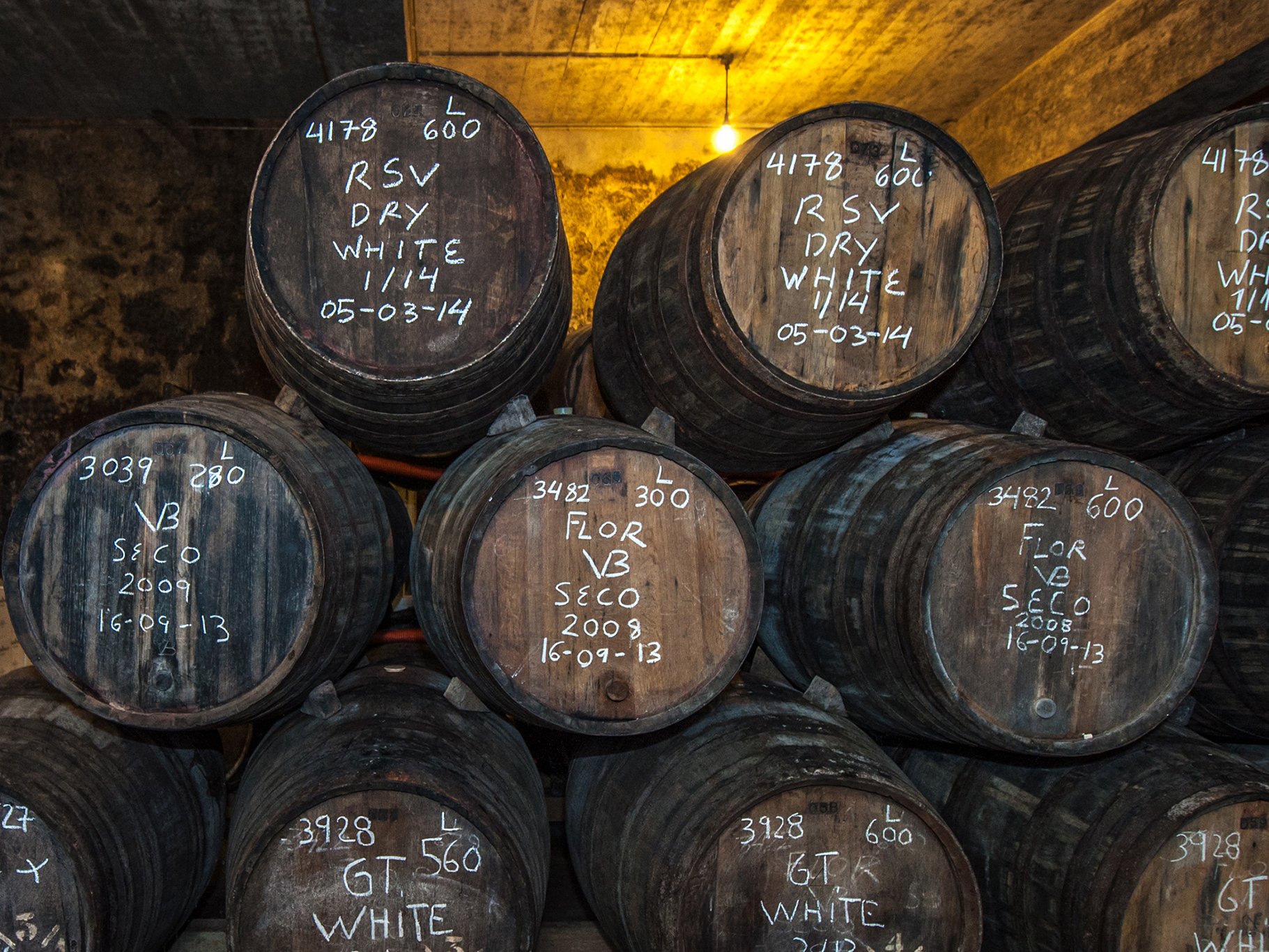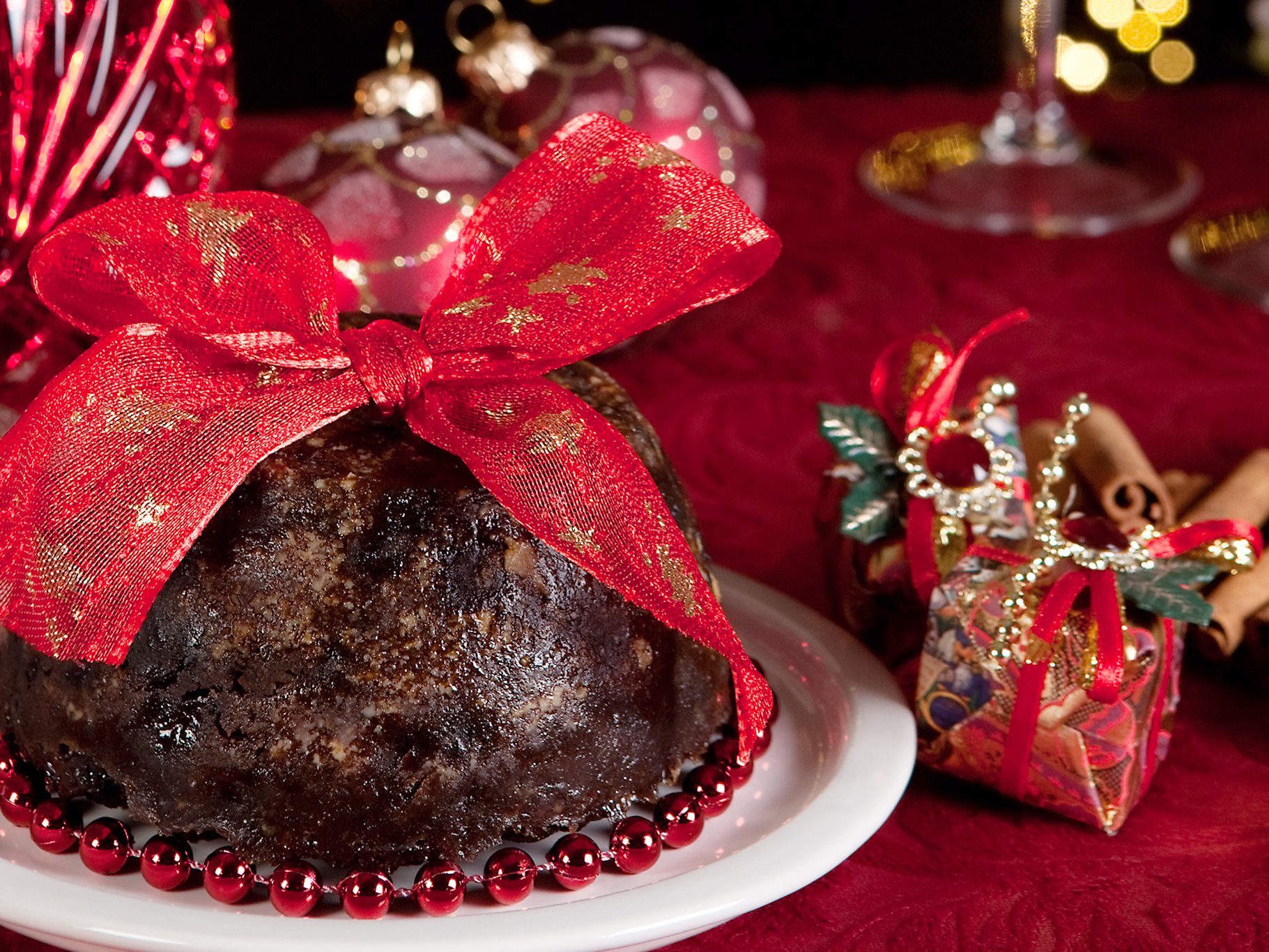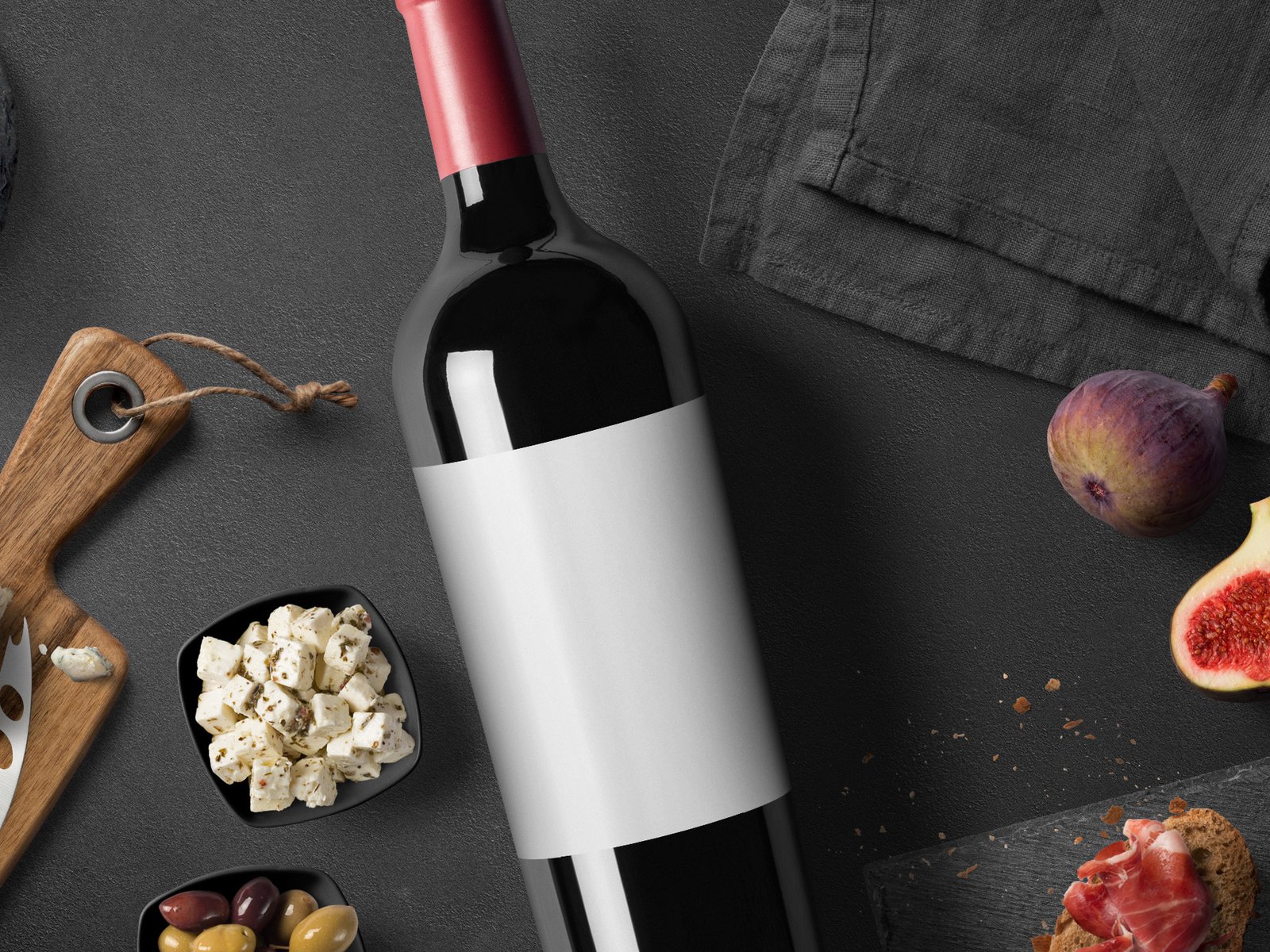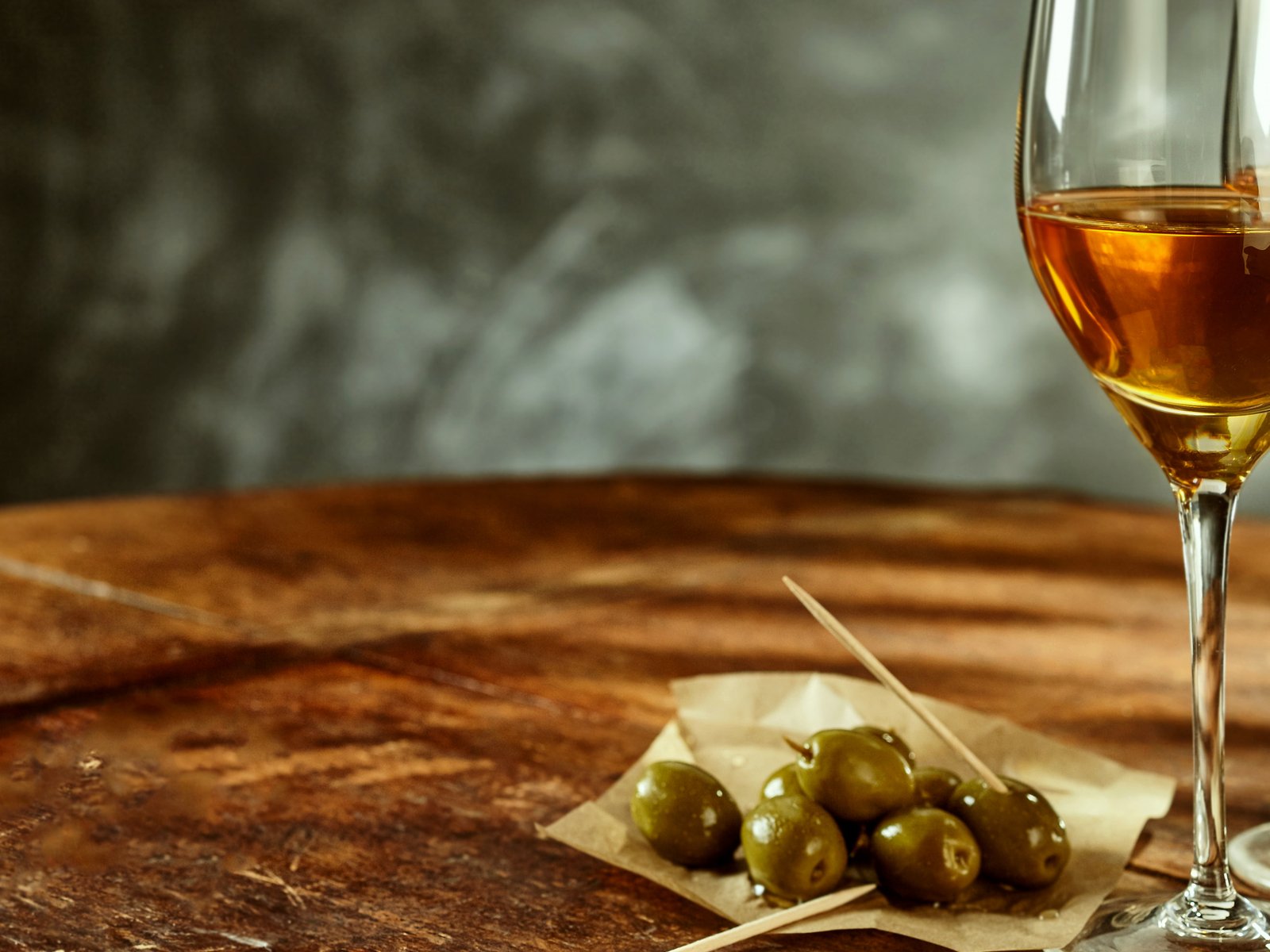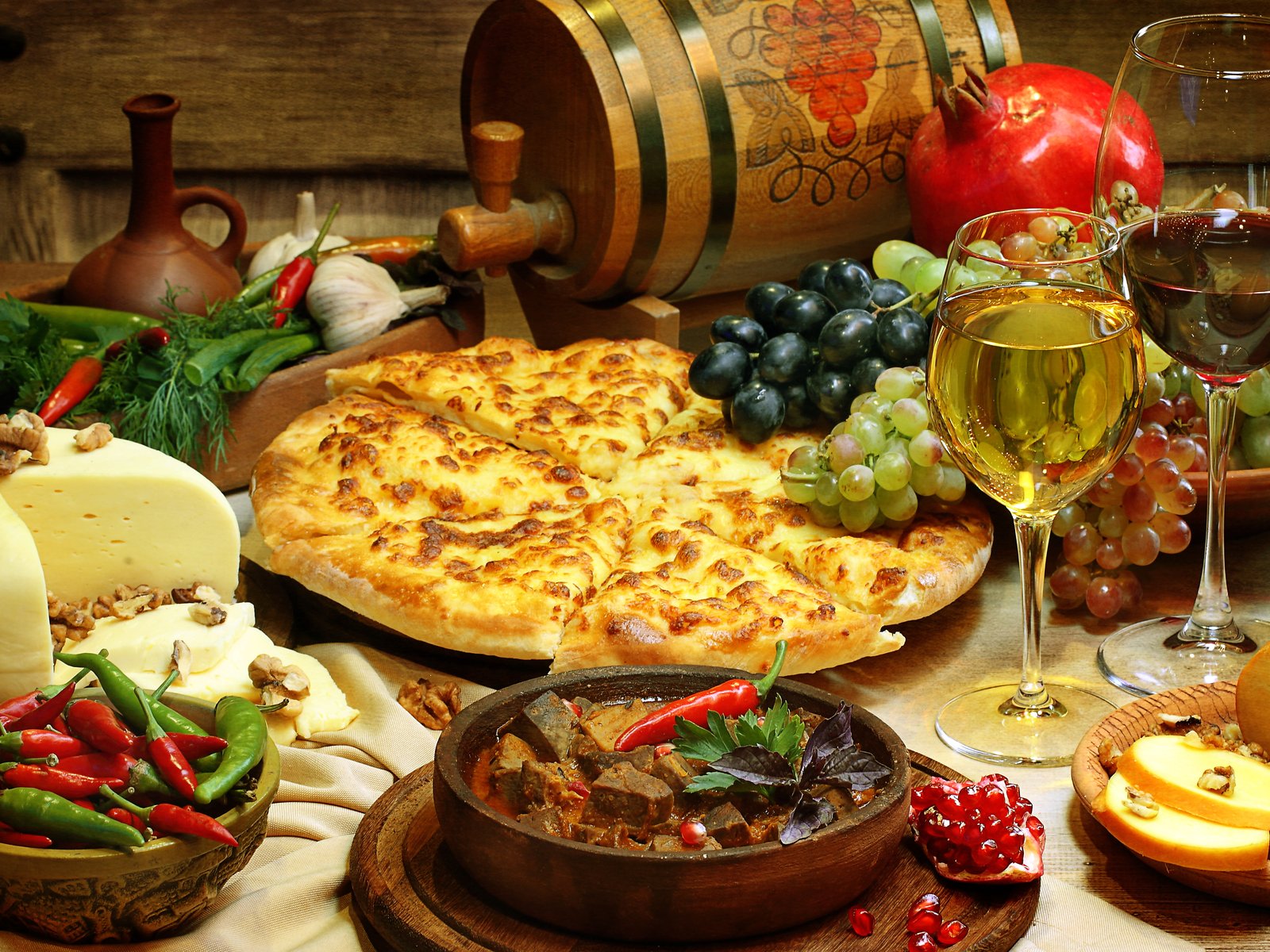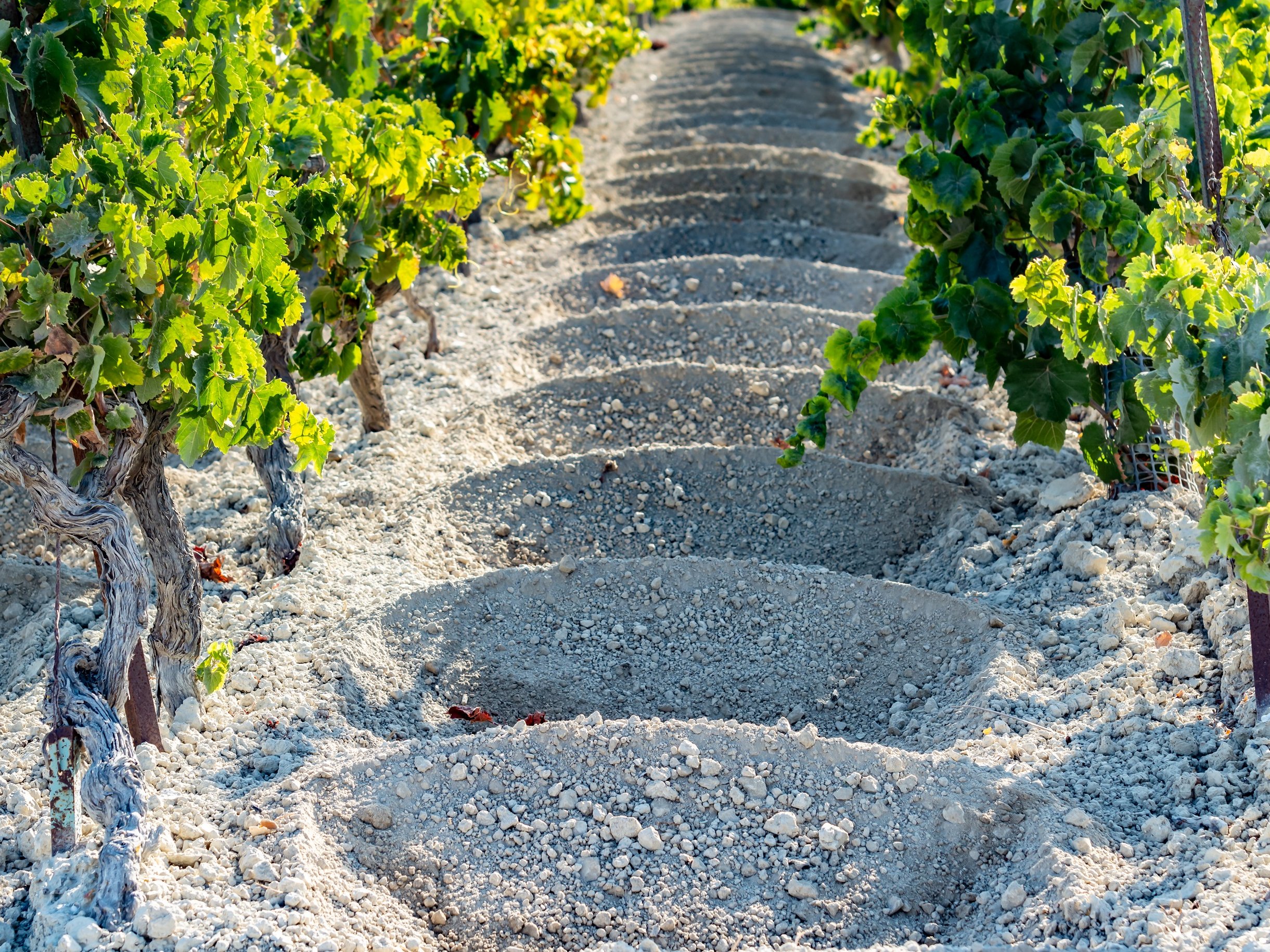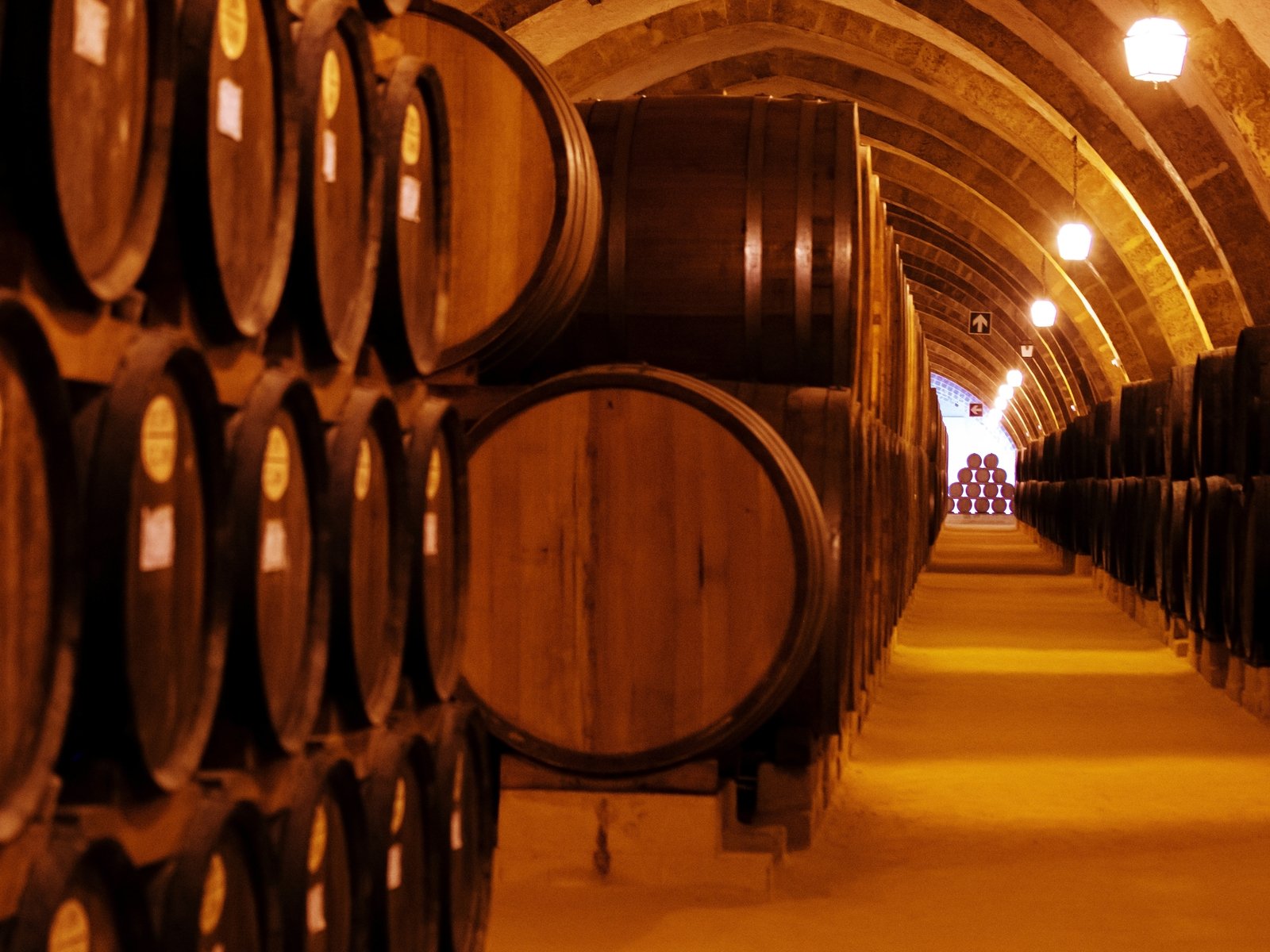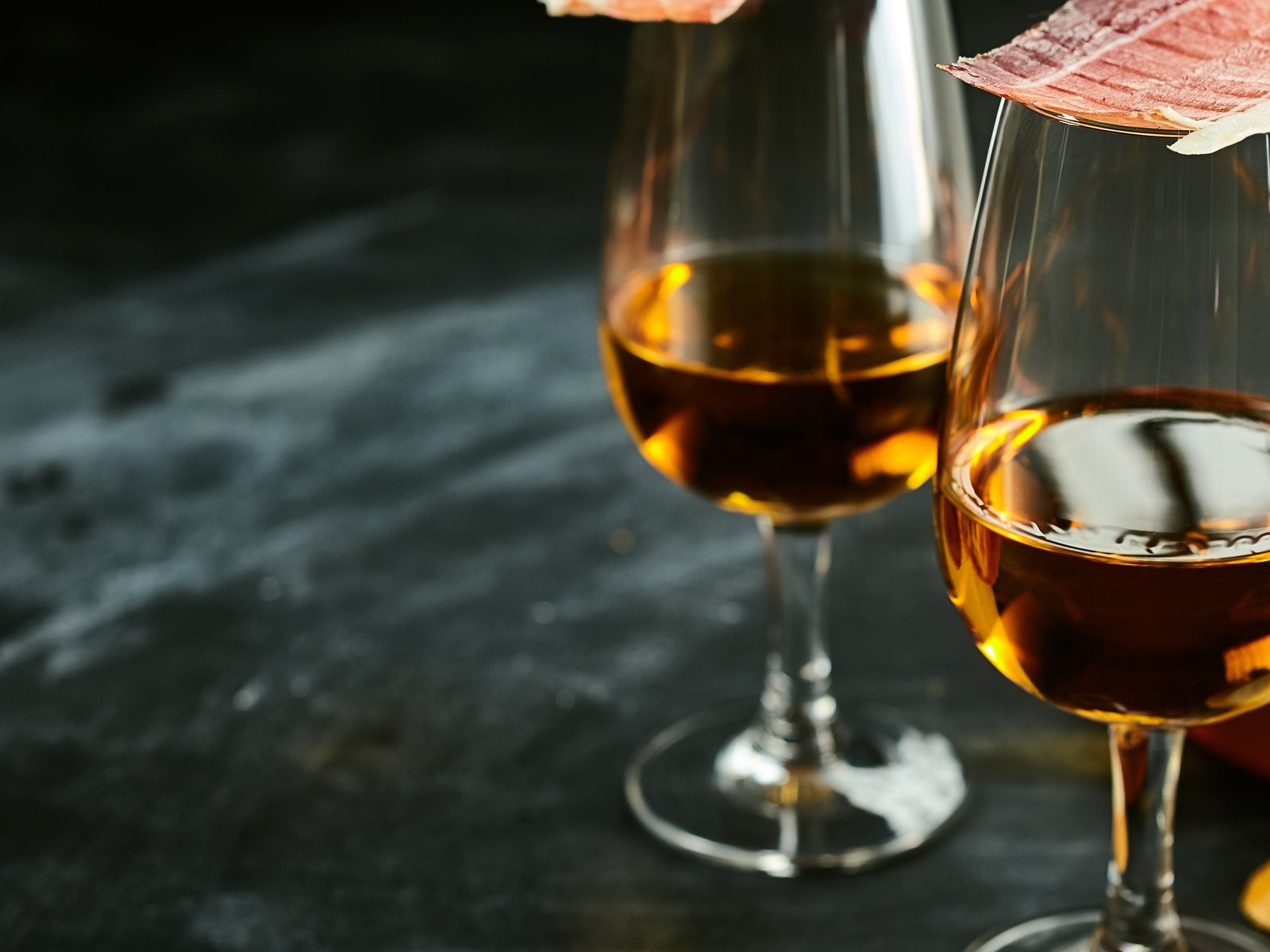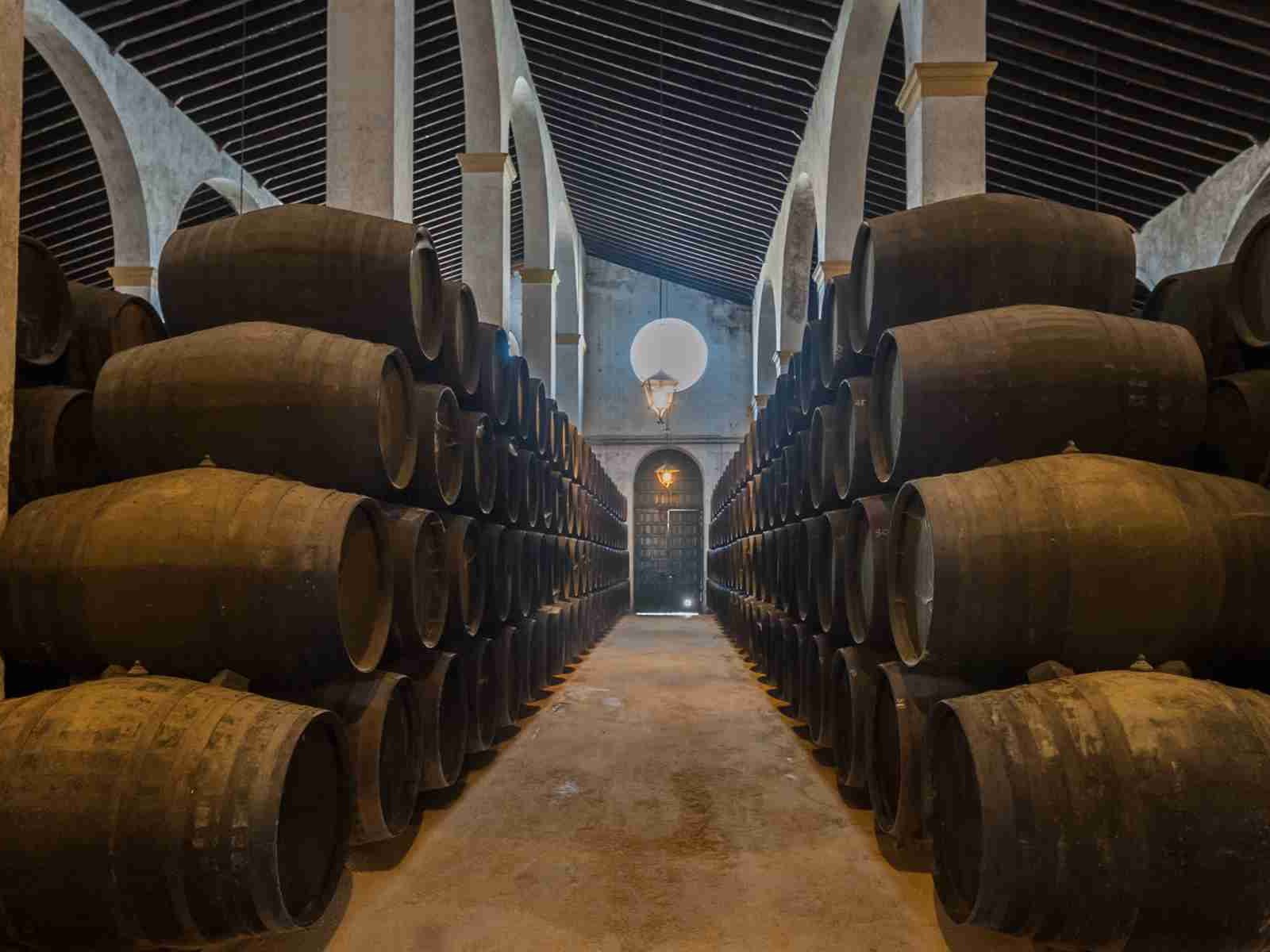Sherry: Classic from Andalusia
The unique production method and the diverse style make sherry the ideal aperitif and food accompaniment.
For many wine lovers, the subject of sherry is still a “Spanish village”. Admittedly, the subject matter is somewhat complex and sometimes confusing, even for connoisseurs. But it is a worthwhile undertaking to familiarise oneself with the secrets of this classic because there is no other wine whose spectrum is so wide. Sherry ranges from dust-dry to very sweet; it shows itself in water-bright to an almost black robe; it is enjoyed from very young to very old and from reductive to oxidative. Falstaff presents the history of this diverse yet distinctive wine category.

Wine with a history
Spanish Atlantic ports such as Cádiz and Sanlúcar de Barrameda were the starting point for sea voyages to the East Indies and the New World from the 15th century onwards. Ferdinand Magellan and Christopher Columbus set sail from here, and their caravels were loaded with wines from the Jerez region, which were not yet spiked with brandy. At that time, the Venetians lost access to sweet wines from Cyprus, Greece, Hungary, and Romania, which the Ottomans permanently blocked. The conflict with France, in turn, blocked the British from Bordeaux. So the Duke of Medina-Sidonia established wine from the Jerez region on the world market. In 1491, before Columbus discovered America, he abolished export taxes for Spanish and foreign ships arriving in Sanlúcar, and sales of the “Sherris sack” rose steadily in England.
In 1533, King Henry VIII, without the Pope's consent, declared his marriage to Catherine of Aragon to be void, divorced and took over the English Church's leadership, which negatively impacted the wine trade with Spain. Local English merchants were targeted by the Spanish Inquisition, ended up in jail or went on the run. In 1587, Sir Francis Drake finally conquered the port of Cádiz and captured 2900 barrels of sherry.
The War of the Spanish Succession and the Napoleonic campaigns also influenced the fortunes of sherry. Growing hostilities drastically reduced exports, and the emerging competition from port wine was also detrimental to business. So the merchants were stuck with their sherry. It began to oxidise in the barrels, developing more concentrated and nutty nuances. The order quantities became smaller and smaller, and so they started to take only part of the wine out of the barrels and fill them up with younger wines: the solera process was invented and had a significant effect on the final product because the supply of fresh wine also ensured the survival of the flor yeasts.
The success of port wine finally gave the Jerezanos the idea of fortifying their wines with brandy. They discovered that the flor yeast dies when alcohol is added, resulting in a wine that becomes darker, more oxidative and has an intense bouquet with the appropriate storage time - the Oloroso style was born. Then in the early 1860s, wine merchant John Harvey II in Bristol created the type of sweet sherry blended with Pedro Ximénez, “Harvey's Bristol Cream”, which gave the whole genre the name “Cream Sherries”. During the 19th century, sherry was, next to Rioja, the most appreciated wine from Spain internationally. But it also had to contend with free riders. The name "Sherry" was also used in America, South Africa and Australia. Finally, in 1935, the region was awarded the “Denominación de Origen”. In the EU today, the term Sherry enjoys trademark protection.
Sherry in cocktails
Sherry has been an integral part of every well-stocked wine cellar for centuries. Not least due to the renaissance of bar culture, however, sherry today enjoys extraordinary esteem again at the leading bars of this world.
The fortified wines of Andalusia are an irreplaceable element in the colourful potpourri of the cocktail canon. The reasons for this were and are manifold: the long history and tradition, the unique aroma and flavour profile, and the stylistic diversity. The claviature ranges from bone-dry to lusciously sweet, slender-filigree or corpulent. Fino, Amontillado or Pedro Ximénez thus shine, whether enjoyed neat as a food accompaniment or as an accent in a cocktail.
The range of drinks that call for sherry as a base or flavouring part is wide. Old classics such as “Cobbler” or “Adonis” are as much part of the repertoire as modern and newer interpretations. Due to the low alcohol content, sherry cocktails fit in perfectly with the “low-ABV” zeitgeist but without losing intensity and aromatic complexity. Served as a spritz or long drink, they enrich every aperitif moment. A refreshing Sherry Sour with sun-ripened citrus fruits thematically spans the arc to Spain, while dense after-dinner drinks can be mixed with full-bodied Oloroso and Moscatel. Far from old clichés and cheap cooking wines, the popular and now famous sherry is an enrichment for every bar today, more than ever.

